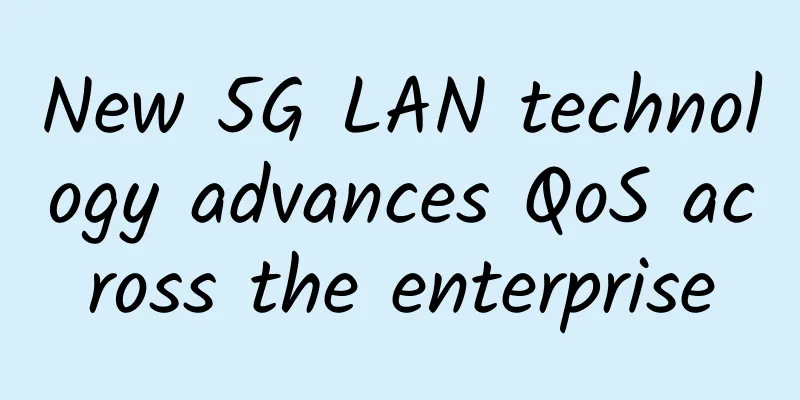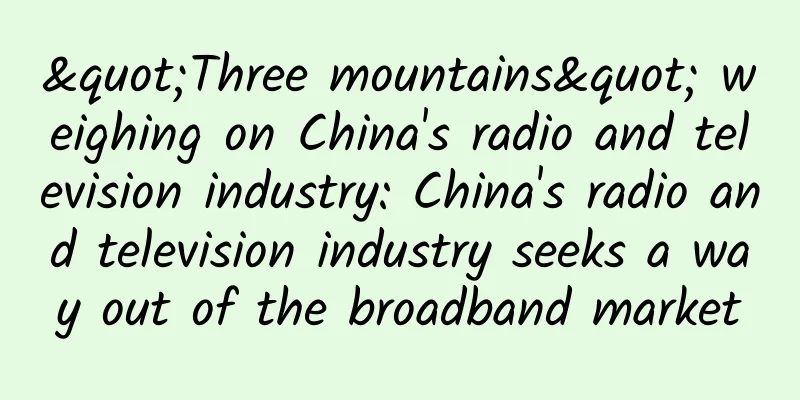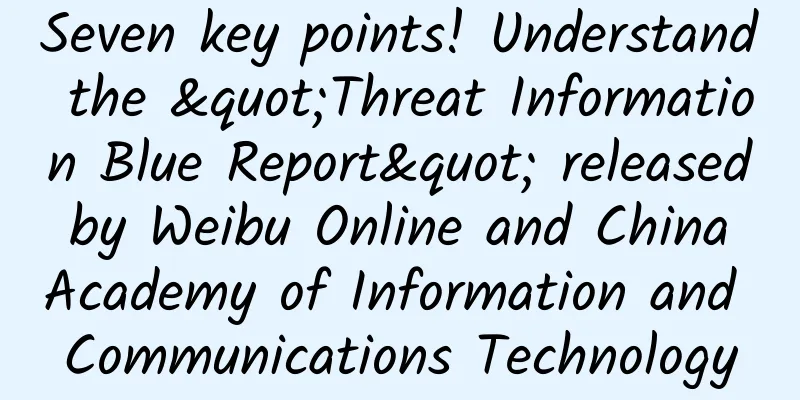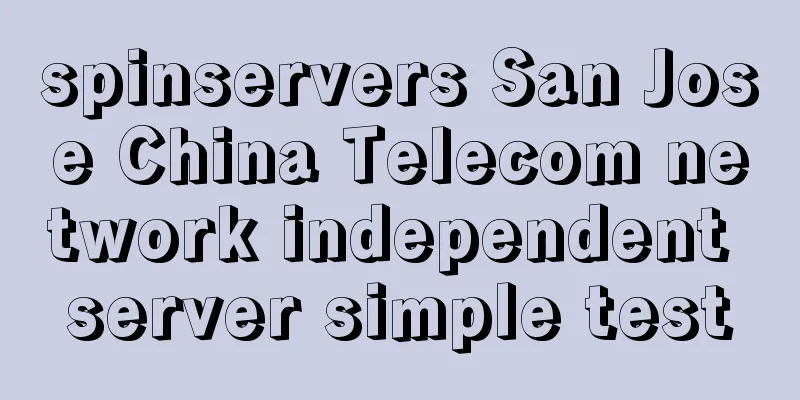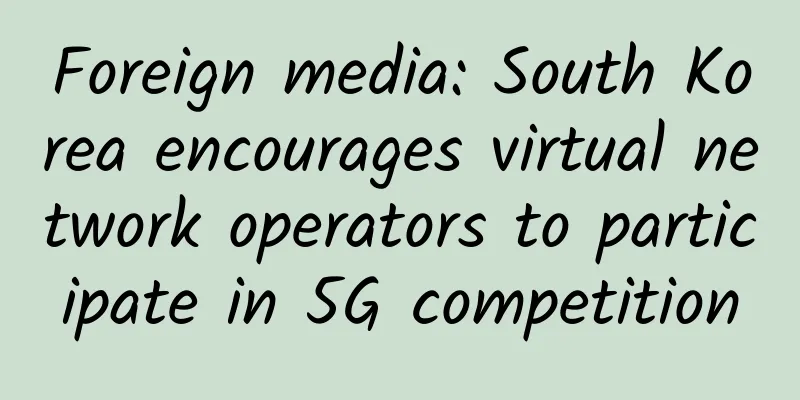Understanding the differences and application scenarios of TCP and UDP protocols in one article

|
TCP (Transmission Control Protocol) and UDP (User Data Protocol) both belong to the TCP/IP protocol suite. The TCP/IP protocol suite includes Hypertext Transfer Protocol (HTTP), File Transfer Protocol (FTP), Telnet, Internet Protocol (IP), Internet Control Message Protocol (IMCP), etc. Today, the Transmission Control Protocol (TCP) and User Datagram Protocol (UDP) are running on the transport layer of the protocol suite. OSI protocol model, TCP/IP protocol model Difference between TCP and UDP Connectivity TCP is a connection-oriented protocol. Before sending or receiving data, a reliable connection must be established with the other party. The three handshakes to establish a connection and the four waves to disconnect the connection lay a reliable foundation for data transmission. UDP is a connectionless protocol. Before data transmission, the source and the terminal do not establish a connection. The sender throws the data onto the network as quickly as possible, and the receiver reads the message segments from the message queue. reliability TCP provides reliable delivery services and uses many methods during the transmission process to ensure reliable transmission services on the connection, such as numbering and confirmation, flow control, timers, etc., to ensure that data is error-free, not lost, not duplicated and arrives in order; UDP uses the best effort delivery possible, but does not guarantee reliable delivery. Message header The TCP message header has 20 bytes, which has a large overhead; the UDP message header has only 8 bytes, with a short header and small overhead. UDP message structure TCP message structure Message transmission The TCP protocol is byte stream-oriented and regards application layer messages as a string of unstructured byte streams. It is decomposed into multiple TCP message segments for transmission and then reassembled at the destination station. The UDP protocol is message-oriented and does not split application layer messages. It only retains message boundaries and sends one message at a time. After the receiver removes the message header, it passes the message intact to the upper-layer application. Throughput Control TCP congestion control, flow control, retransmission mechanism, sliding window and other mechanisms ensure transmission quality; UDP does not. Duplex TCP is only capable of point-to-point full-duplex communication; UDP supports one-to-one, one-to-many, many-to-one, and multi-stack interactive communications. Programming steps for TCP and UDP TCP Programming Steps UDP Programming Steps From the above TCP and UDP programming steps, we can see that the UDP server does not need to call listen and accept client connections, and the client does not need to connect to the server. In the UDP protocol, after either party establishes a socket, they can use sendto to send data and recvfrom to receive data, without having to worry about whether the other party exists or has sent data. Use cases for TCP and UDP In order to achieve the reliability of TCP network communication, complex mechanisms such as checksum, sequence number identification, sliding window, confirmation response, and congestion control are added, and a cumbersome handshake process is established, which increases TCP's consumption of system resources; TCP's retransmission mechanism and sequence control mechanism have a certain delay effect on data transmission, reducing transmission efficiency. TCP is suitable for application scenarios with low transmission efficiency requirements but high accuracy requirements, such as the World Wide Web (HTTP), file transfer (FTP), and email (SMTP). UDP is connectionless and unreliable. It delivers data as much as possible and has the characteristics of simple protocol, low resource requirements, fast transmission speed and high real-time performance. It is suitable for application scenarios with high requirements for transmission efficiency but low requirements for accuracy, such as domain name conversion (DNS) and remote file server (NFS). |
<<: Three key reasons why automakers are adopting 5G
>>: New iCONNECT, SD-WAN 3.0 architecture, launched
Recommend
5G architecture innovation is obvious and the bearer network should fully support it
5G will become one of the hot technologies in the...
In the 5G era, industry market users’ choice of public network or private network
This year, 5G has entered its first year of comme...
ElasticSearch IK Tokenizer Quick Start
1. Install IK word segmenter 1. Allocate a pseudo...
TCP Things 1: TCP Protocol, Algorithm and Principle
TCP is a very complex protocol because it has to ...
Asia Pacific to account for 60% of global 5G connections by 2026
[[422145]] According to new market research, ther...
Outlook for domestic 5G development in 2021 (Part 3): Opportunities
From the official launch of commercial use in 201...
What happens when you enter a URL in the browser (Part 2): TCP module encapsulation and transmission mechanism
This series of articles will start with an introd...
2018 F5 China Application Service Summit Forum was successfully held
The "F5 China Application Service Summit For...
Why does Wi-Fi need 6GHz?
As the most commonly used Internet access technol...
The operator left these few words, and careful users finally realized that unlimited data is expensive
Nowadays, with the continuous development of mobi...
Is intelligent virtualization technology eliminating data silos?
In the ever-changing information age, companies t...
Shenyang University: All-optical wireless optimizes application experience and creates a "easy-to-use and easy-to-use" campus network
Shenyang University is one of the universities wi...
IBM releases 'quantum-safe' tool with end-to-end encryption to protect against quantum computing attacks
On May 15 , IBM launched a set of tools called &q...
Google and Qualcomm join forces to fight against Apple. Will the global 5G competition landscape be further changed?
(Original title: Google and Qualcomm join forces ...
Diagram: 5G millimeter wave peak rate calculation
[[390044]] This article is reprinted from the WeC...
